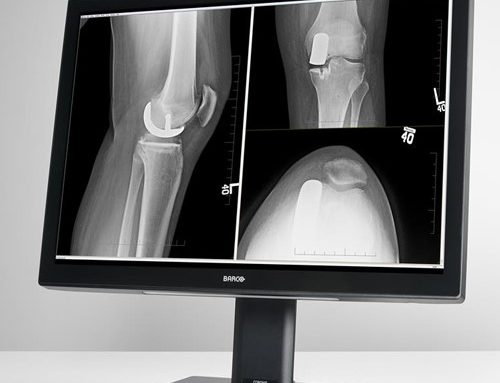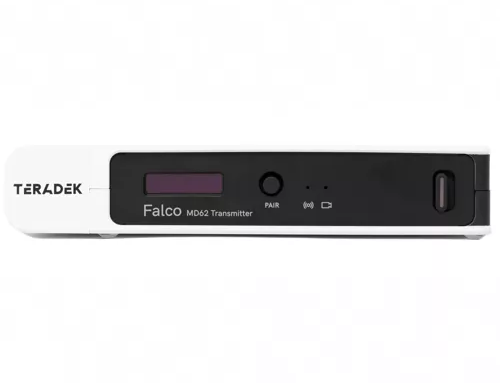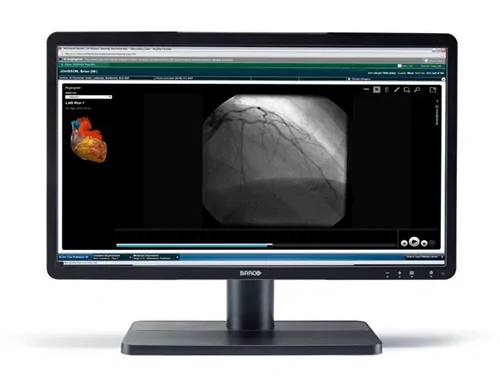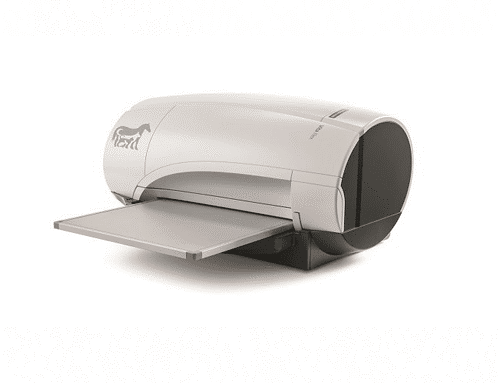In the rapidly evolving landscape of medical technology, the choice between analog and digital printers remains a critical consideration for healthcare providers. At Hiliex Advanced Medical Technologies, we understand the importance of making informed decisions to enhance the efficiency and effectiveness of medical offices, hospitals, and institutions. This blog aims to elucidate the main differences between analog and digital printers, helping you choose the right solution for your medical printing needs.
Understanding Analog Printers
Analog Printers have been the backbone of printing technology for many years. These printers use physical processes and chemical reactions to produce images and documents. Here are some key characteristics:
- Mechanism: Analog printers operate using mechanisms like rollers, plates, and ink ribbons to transfer images onto paper. The process often involves direct contact between the printing medium and the substrate.
- Quality: While analog printers can produce high-quality prints, their quality heavily depends on the mechanical parts’ condition and maintenance. Over time, wear and tear can affect print clarity.
- Speed: Analog printers can be slower than their digital counterparts, especially when dealing with complex images or large printing volumes.
- Cost: The initial cost of analog printers can be lower, but maintenance and operational costs can add up over time due to the need for regular servicing and replacement of mechanical parts.
Understanding Digital Printers
Digital Printers, on the other hand, use electronic processes to produce images and documents. These printers convert digital data directly into printed material without the need for intermediate physical components.
Key characteristics include:
- Mechanism: Digital printers use laser, inkjet, or thermal technology to apply ink or toner to paper. This process is generally faster and more efficient than analog printing.
- Quality: Digital printers are known for their consistent and high-quality output. They can produce precise and detailed images, making them ideal for medical imaging and diagnostic reports.
- Speed: Digital printers are typically faster, especially when printing complex images or large volumes. This efficiency can significantly reduce turnaround times in medical settings.
- Cost: While the initial investment in digital printers can be higher, they often have lower operational and maintenance costs. The absence of worn-out mechanical parts means fewer service interruptions and longer lifespans.
Key Differences Between Analog and Digital Printers
- Printing Mechanism
- Analog Printers: Utilize mechanical parts such as rollers and plates. The image is transferred to the paper through direct contact.
- Digital Printers: Employ electronic processes such as laser or inkjet technology. The image is transferred to the paper without direct contact.
- Image Quality and Consistency
- Analog Printers: Image quality can degrade over time due to wear and tear on mechanical parts. Consistent maintenance is required to maintain quality.
- Digital Printers: Provide high-quality, consistent images. They are particularly effective for detailed medical imaging.
- Speed and Efficiency
- Analog Printers: Generally slower, especially for complex or high-volume printing tasks.
- Digital Printers: Faster and more efficient, reducing turnaround times in busy medical environments.
- Cost Considerations
- Analog Printers: Lower initial cost but higher maintenance and operational costs over time.
- Digital Printers: Higher initial cost but lower ongoing costs, with fewer maintenance requirements.
The Role of Printers in Medical Settings
The choice between analog and digital printers can significantly affect operational efficiency and patient care in medical offices, hospitals, and institutions. At Hiliex, we provide tailored solutions that cater to the unique needs of our clients in the medical field.
Diagnostic Imaging:
- Analog Printers are suitable for environments where a high initial investment is a concern. However, they may not offer the precision required for detailed diagnostic imaging.
- Digital Printers are ideal for producing high-resolution images necessary for accurate diagnosis. They ensure that images are clear and detailed, improving patient outcomes.
Record Keeping:
- Analog Printers: Can be used for general documentation but may not be as efficient or reliable for large volumes of records.
- Digital Printers: Offer fast and reliable printing for medical records, prescriptions, and patient reports, ensuring that documentation is accurate and up-to-date.
Surgical and Diagnostic Reports:
- Analog Printers: They may struggle with the detailed images required for surgical and diagnostic reports.
- Digital Printers: Provide the high-quality, detailed prints necessary for these critical documents, supporting effective patient care.
Why Choose Hiliex for Your Printing Needs?
At Hiliex Advanced Medical Technologies, we are committed to providing world-class upgrade solutions for medical offices, hospitals, and institutions. Our analog and digital printer technologies expertise allows us to offer the best solutions tailored to your needs.
Benefits of Choosing Hiliex:
- Comprehensive Product Range: We offer new, refurbished, and upgradable parts, including medical-grade LCD and CRT displays, printers, recorders, and more.
- Tailored Solutions: Our ability to cross-reference models and offer original and upgraded replacements ensures you get the most suitable and cost-effective solutions.
- Expert Support: Our team provides immediate response and efficient delivery, ensuring your operations run smoothly with minimal downtime.
The Bottom Line
Choosing between an analog and digital printers depends on various factors, including your specific requirements, budget, and desired output quality. While analog printers have served the medical field well for many years, advancements in digital printing technology offer significant advantages in terms of quality, speed, and cost-efficiency. At Hiliex, we are dedicated to helping you navigate these choices. We providing expert advice and top-quality products that meet your needs.
Whether you want to upgrade your current system or need a reliable printing solution for your medical practice, Hiliex is here to help. Contact us today to learn more about our offerings and how we can assist you in enhancing your medical printing capabilities.





